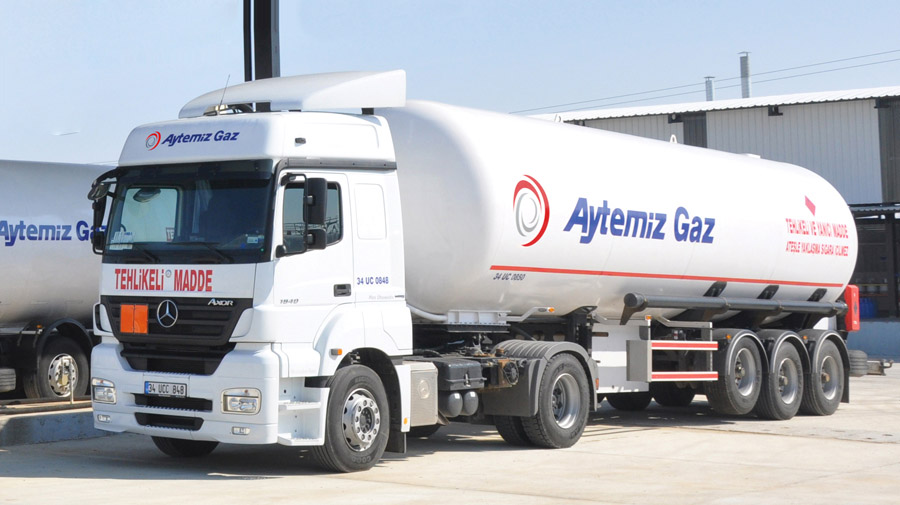
LPG Bobtail Tankers

Liquefied petroleum gas (commonly called LPG or LP-gas) is a mixture of several hydrocarbon gases. Propane and butane, used separately or in mixtures, are the principal LP-gases. They are either extracted from natural gas or produced as a result of processing crude oil at refineries.
The bobtail tankers are trucks used for local delivery to fill end-use tanks. These tanks are mounted on rigid chassis. They generally provide a metered delivery and have tanks of 5,000 to 24,000 liters. are made of various capacities like 5m3 , 10m3, 17m3 , 20m3 , 24m3 .
The bobtail tankers are also provided with all safety features like safety relief valves, excess flow valves, pressure gauges, temperature gauges, isolation valves, internal valves, Rochester gauge, rotogauge, fixed level gauges. The tanks are also provided with unloading pumps of PTO driven type which take power form the truck engine for easy and safe transfer of LPG from the tanker.
The vessels for LPG bobtail tankers, choice of rear delivery or side-fitted are made of lightweight high-tensile steel with baffles and mounted on heavy-duty welded frame.
The experience from various markets contribute to the bobtail tanker product line development of Karbonsan. The LPG rigid road tankers (bobtails) for LPG bulk distribution are manufactured in different capacities and various equipment configurations with many unloading equipment options.
Karbonsan offers custom-made models which are designed and manufactured combining the different equipment alternatives, particular technical specifications. As LPG has a lighter density compare to many other liquid gases, the capacity of LPG semi-trailer and rigid tank capacities are comperatively higher. The lighter body weight adds value to this advantage. Therefore, LPG has lower unit transportation costs compare to other liquefied gases.
The LPG rigid tankers can be equipped with emergency discharge valves, manometers, temperature indicators; diesel, electrical or ex-proof hydromotor pumping system, liquid and phase level indicators.
The pressure vessels are designed and constructed as per ADR, TPED, EN 12252, EN 12493, ASME Code and also comply with the applicable local road legislation.